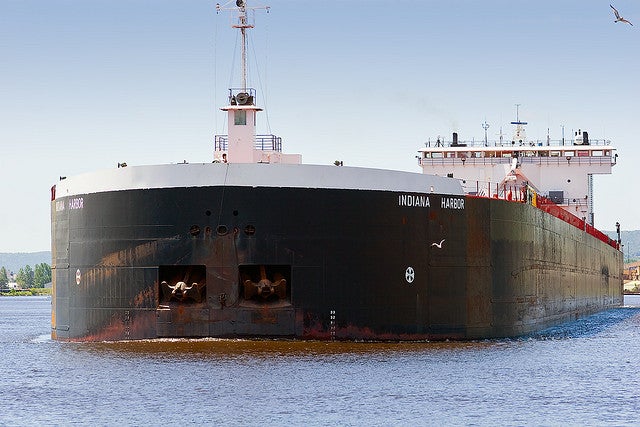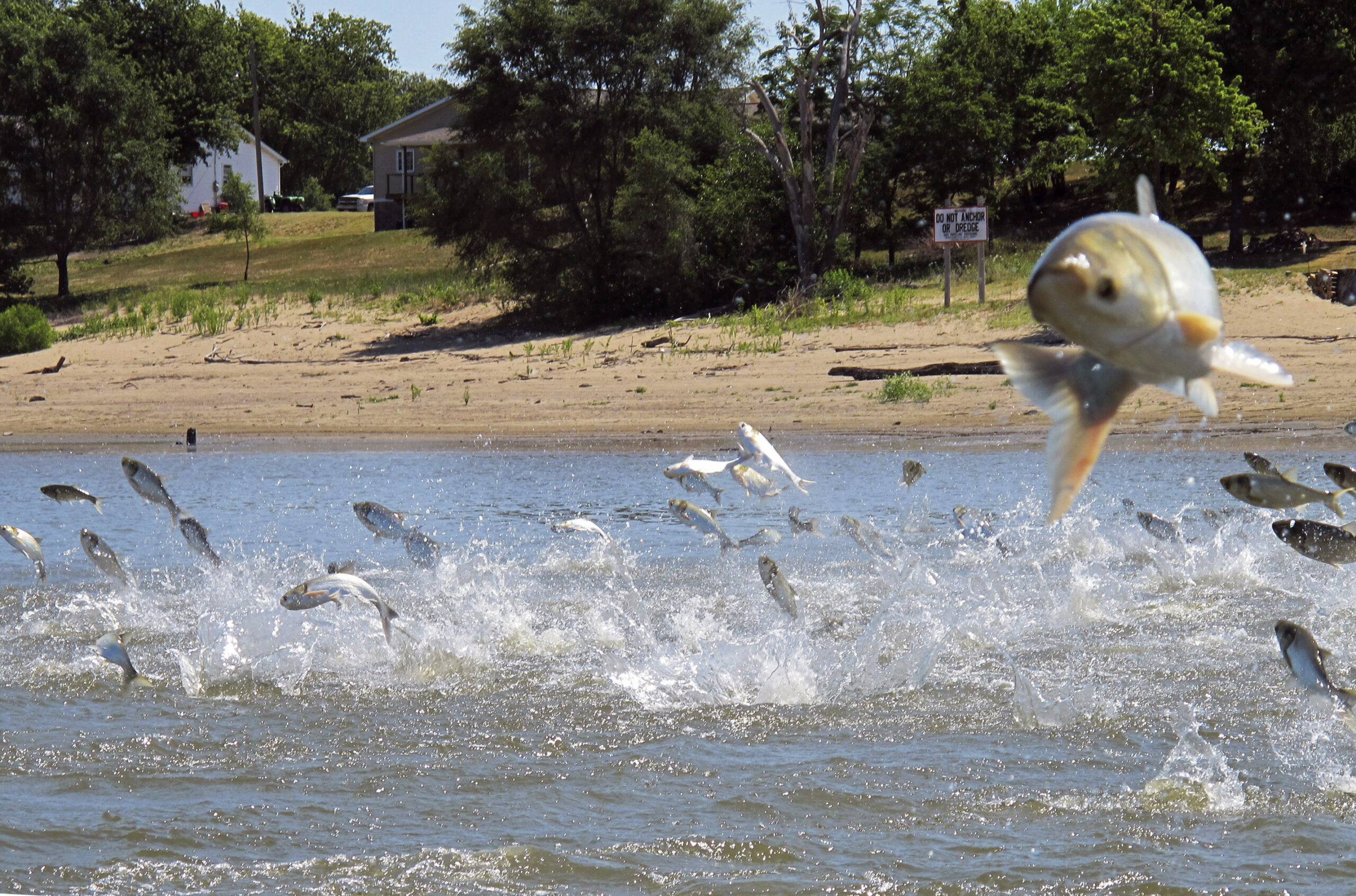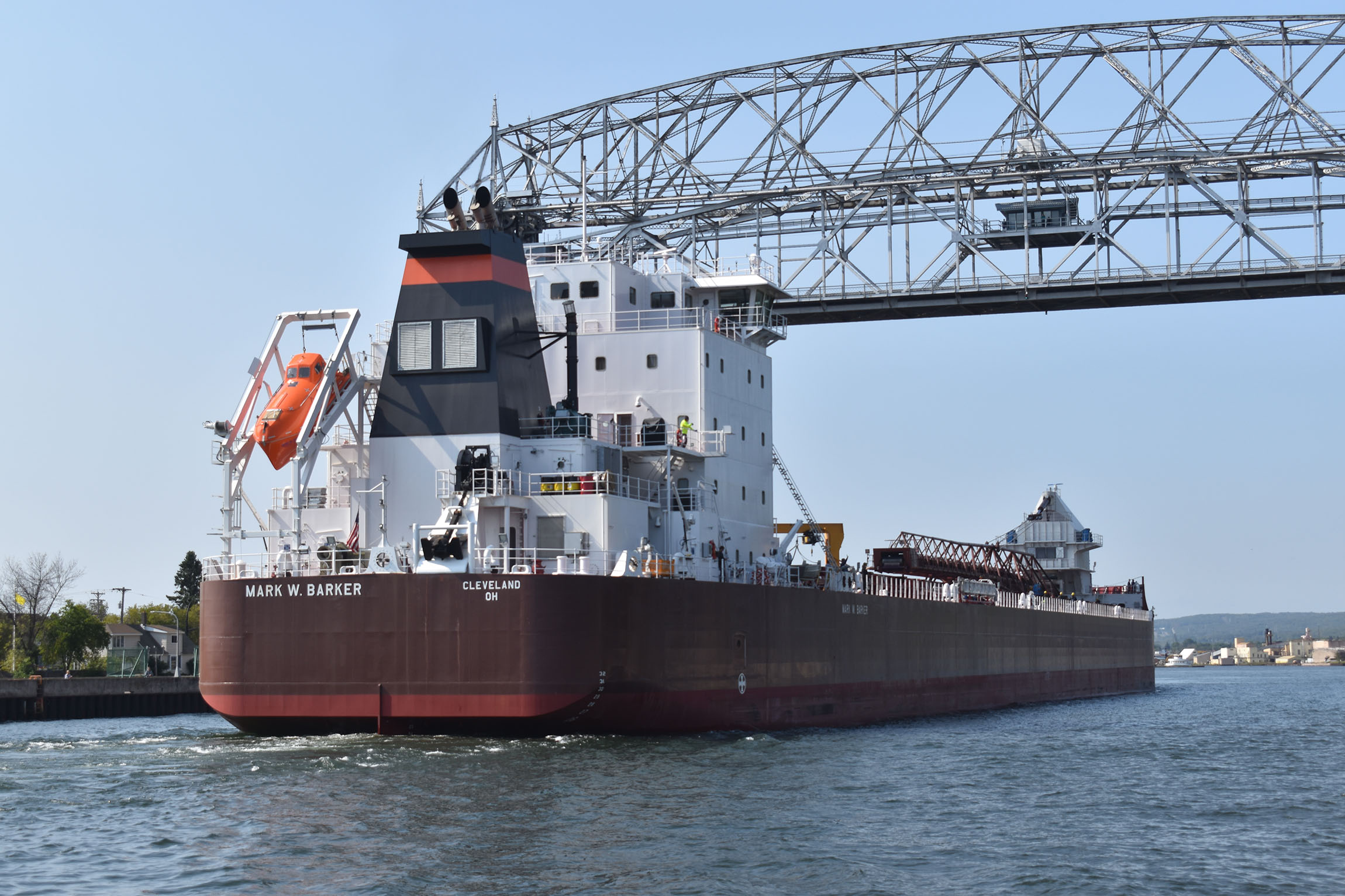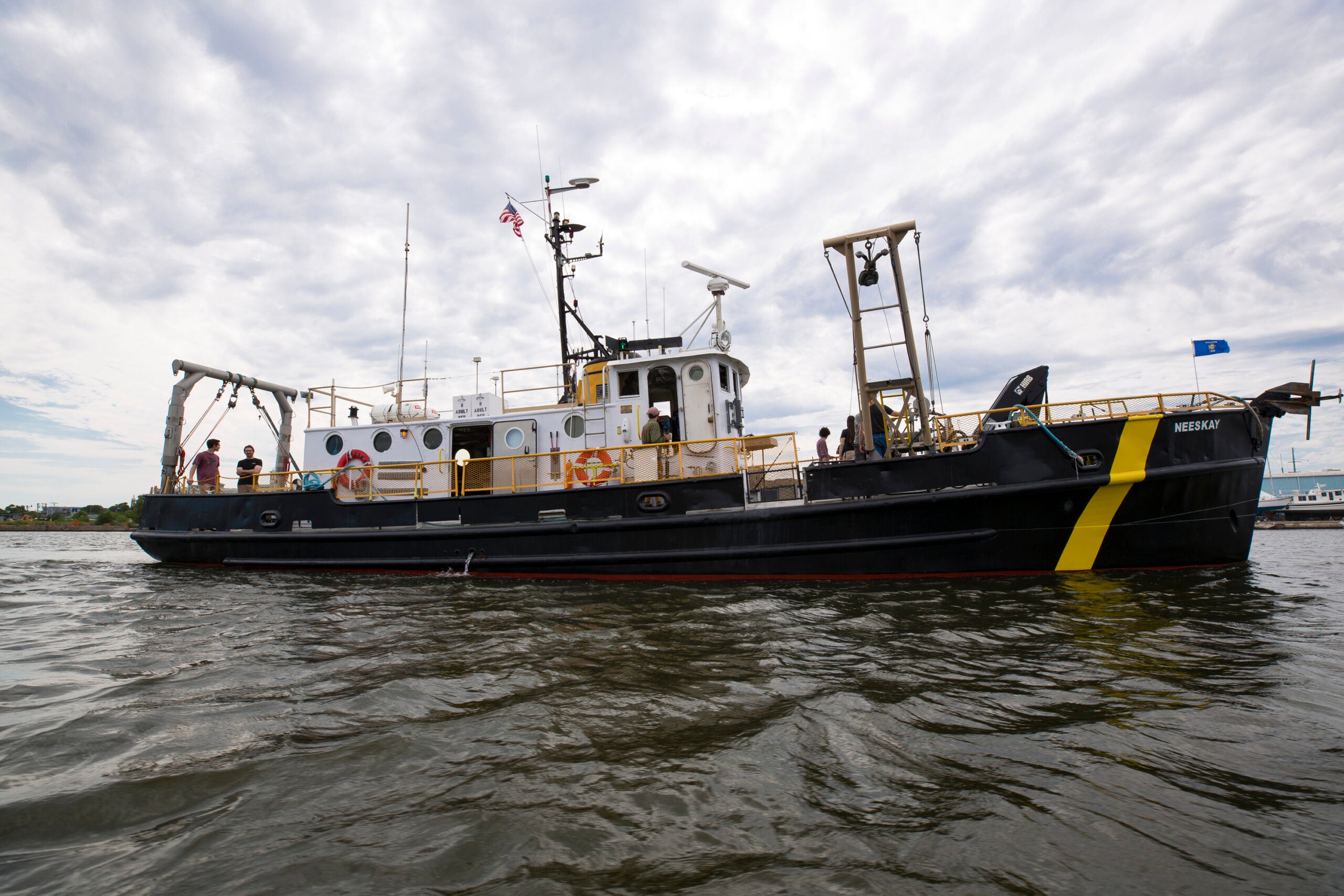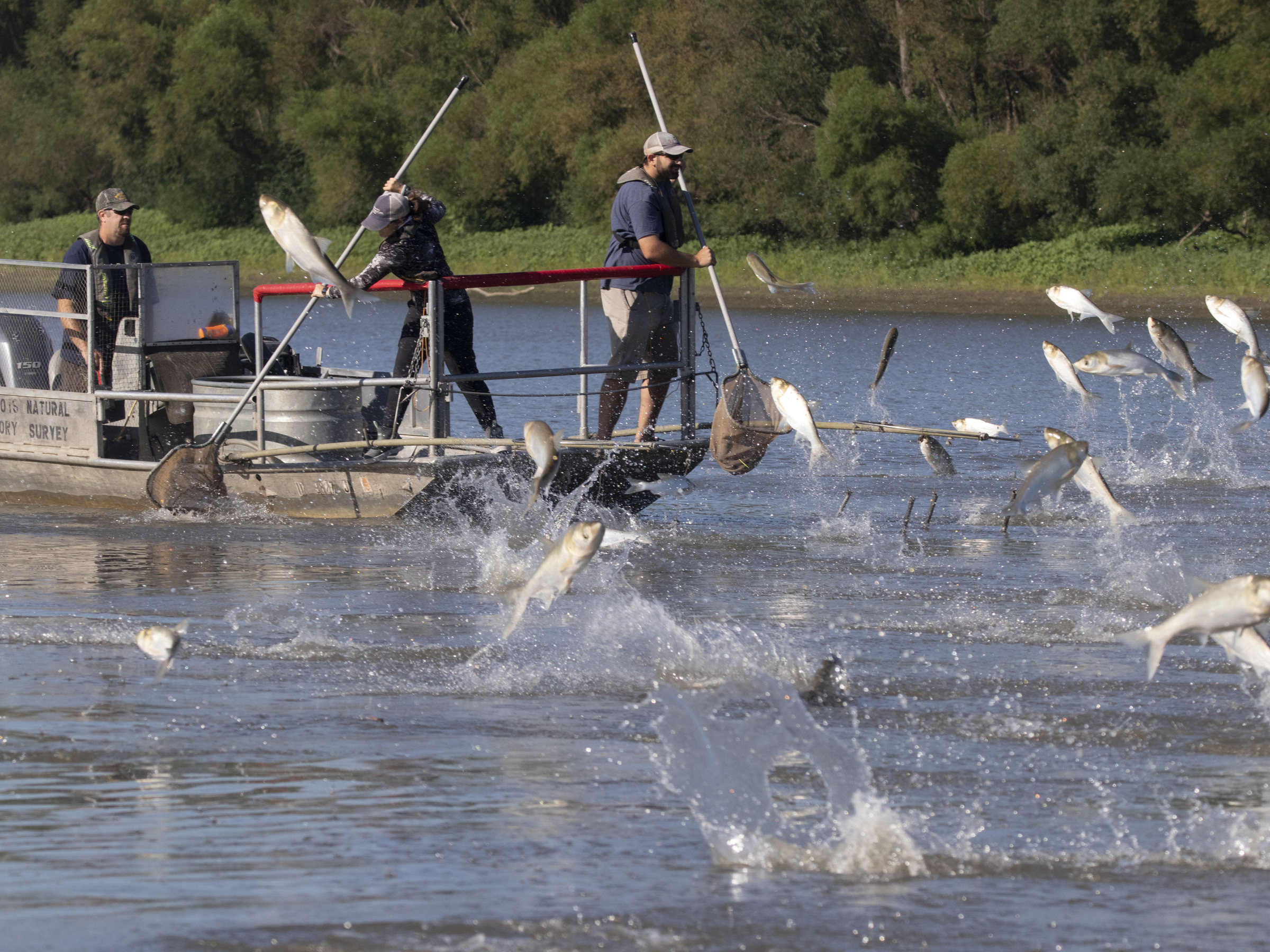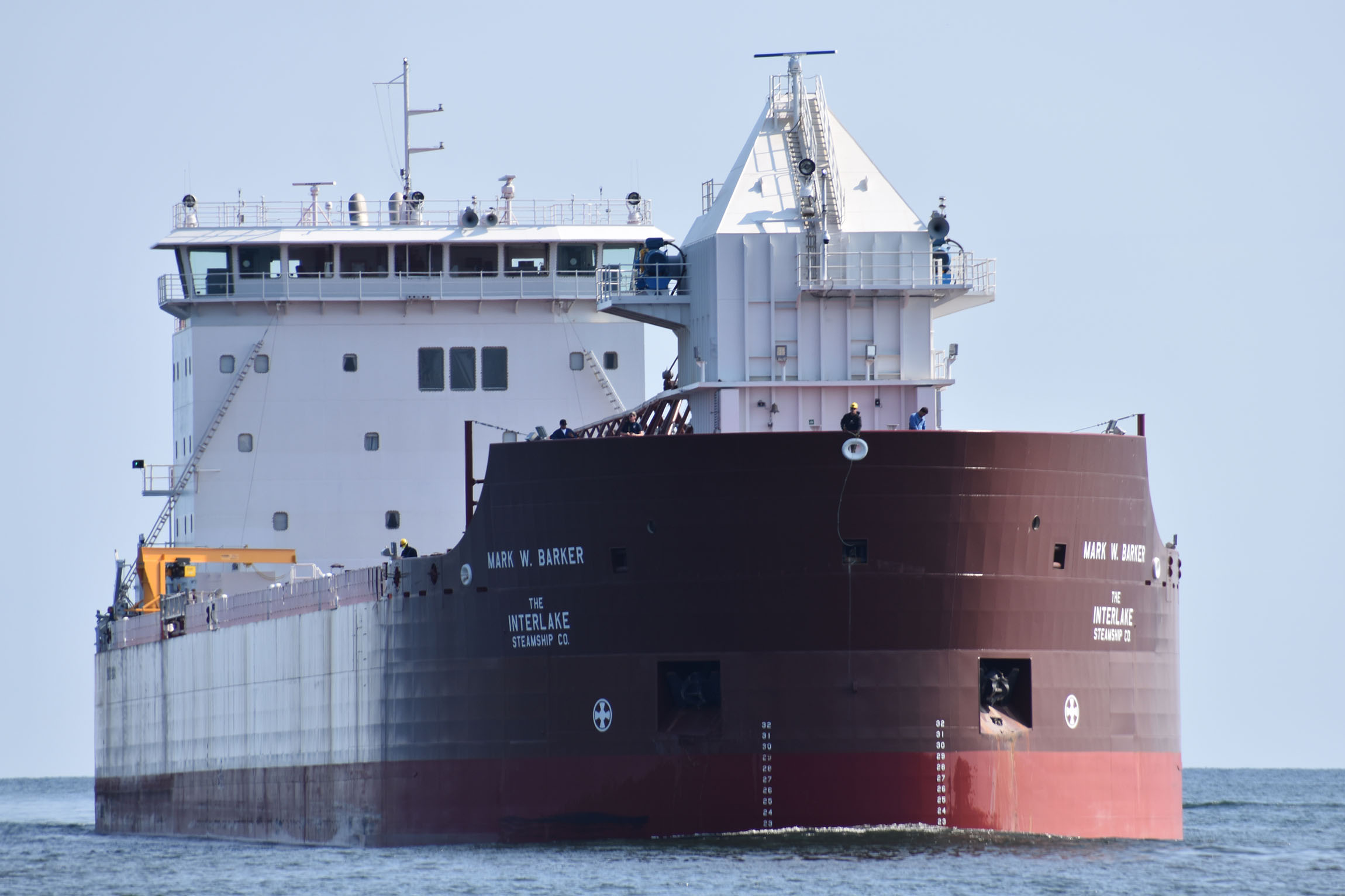Iron ore shipments have been up on the Great Lakes for three straight months.
Heavy ice slowed shipping traffic on the Great Lakes in April and May, but in September the iron ore trade topped 7 million tons for the third month in a row.
Glen Nekvasil is the vice president of the Lake Carriers’ Association, a group that represents 17 U.S.-flag vessels on the Great Lakes. Nekvasil says lakers are moving 14 percent more iron ore compared to the same time last year. He said he hopes that good weather in November will let them keep up the pace.
Stay informed on the latest news
Sign up for WPR’s email newsletter.
“We still have to play catch up here,” he said.
Duluth-Seaway Port Authority Spokeswoman Adele Yorde said that around 24 million tons of iron ore, grain, coal and limestone have moved through the port so far this year. Yorde said that’s down from about 25.3 million tons at the same time last year.
“Thanks to some water levels being much higher than average, they’ve been able to load deeper than they were last year,” said Yorde. “They’ve been able to take on those thousand-footers another two to three thousand tons on every trip. And that has helped a great deal.”
Nekvasil said that carriers still have a lot of iron ore, coal and limestone to move, and that they’ll be racing against the clock to do it. He said his members don’t have any more boats to bring out this late in the season.
“We will see ships going through the Soo Locks until Jan. 15,” he said. “In all likelihood, you’ll see iron ore continue to move out of Escanaba after the locks close, probably at least through the end of January.”
Wisconsin Public Radio, © Copyright 2024, Board of Regents of the University of Wisconsin System and Wisconsin Educational Communications Board.

